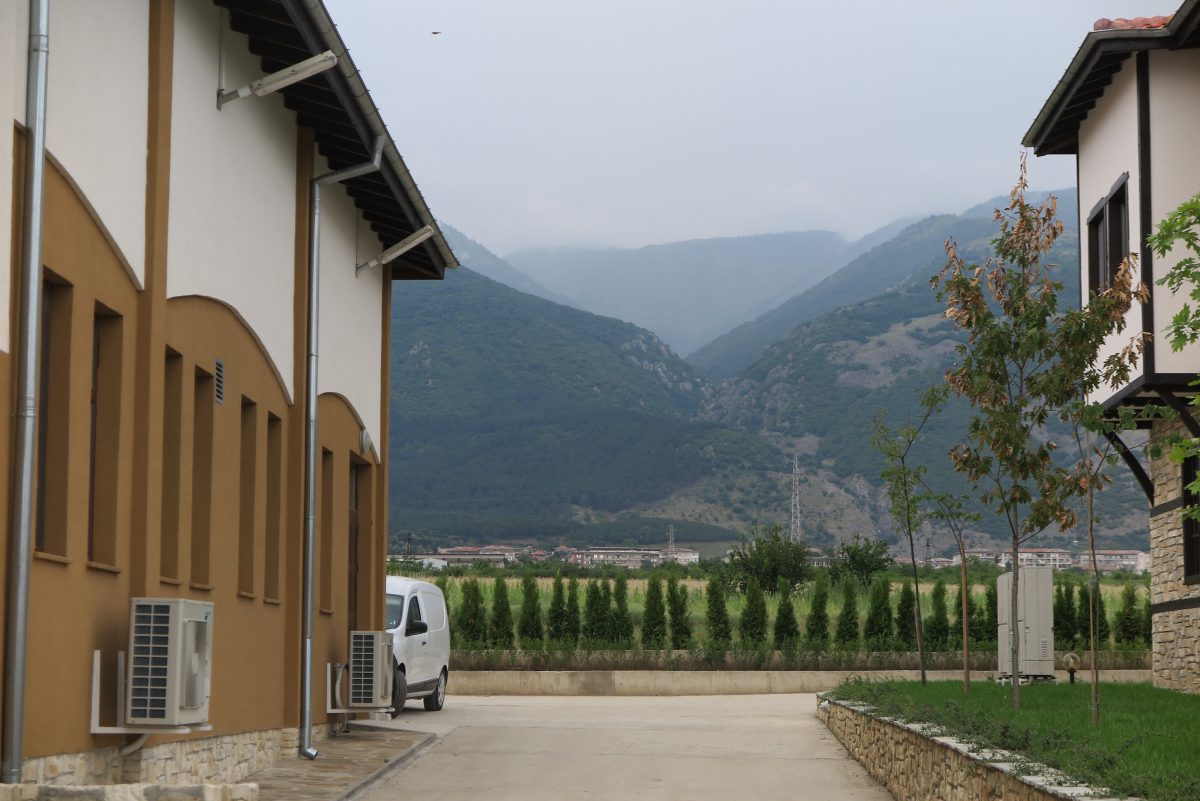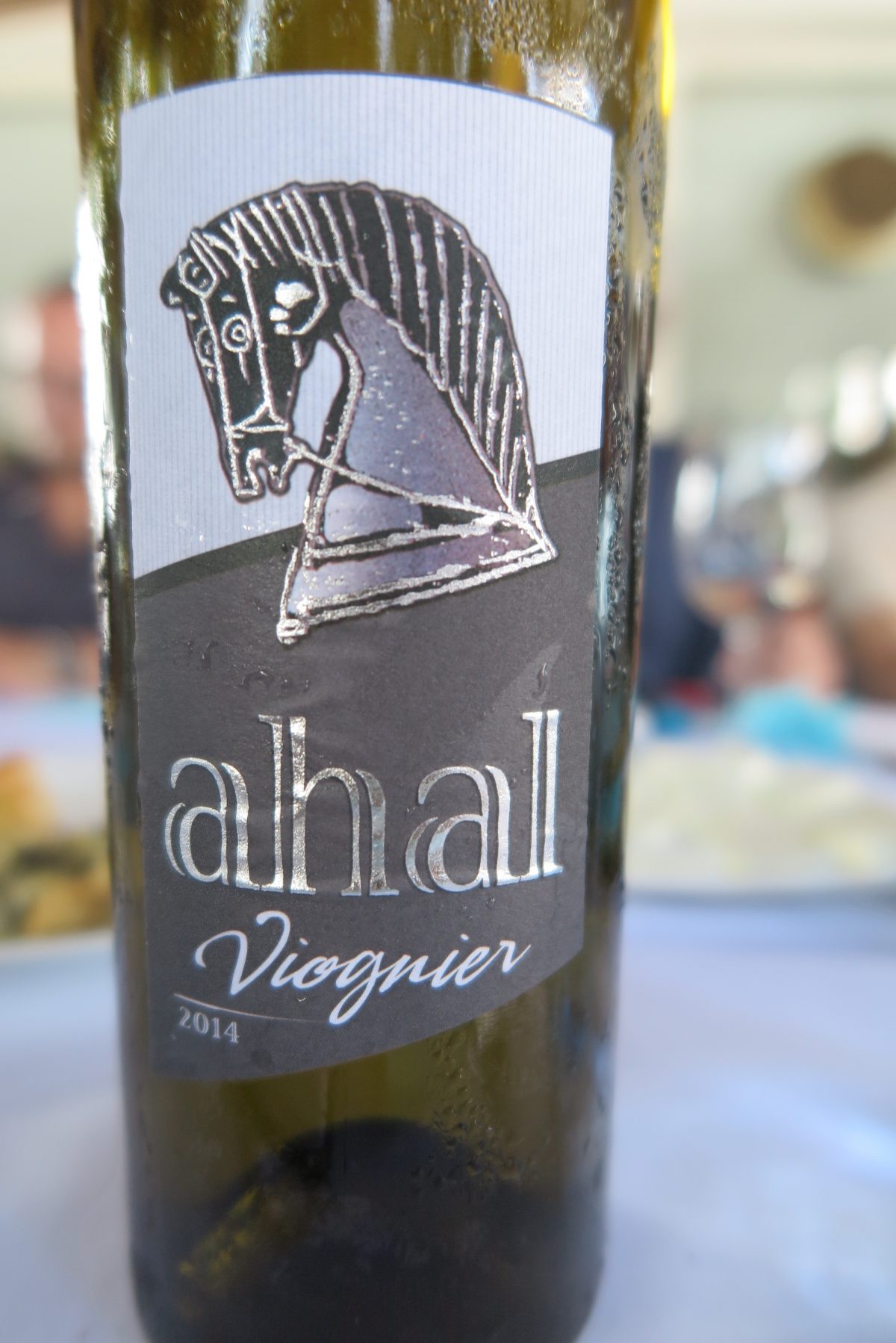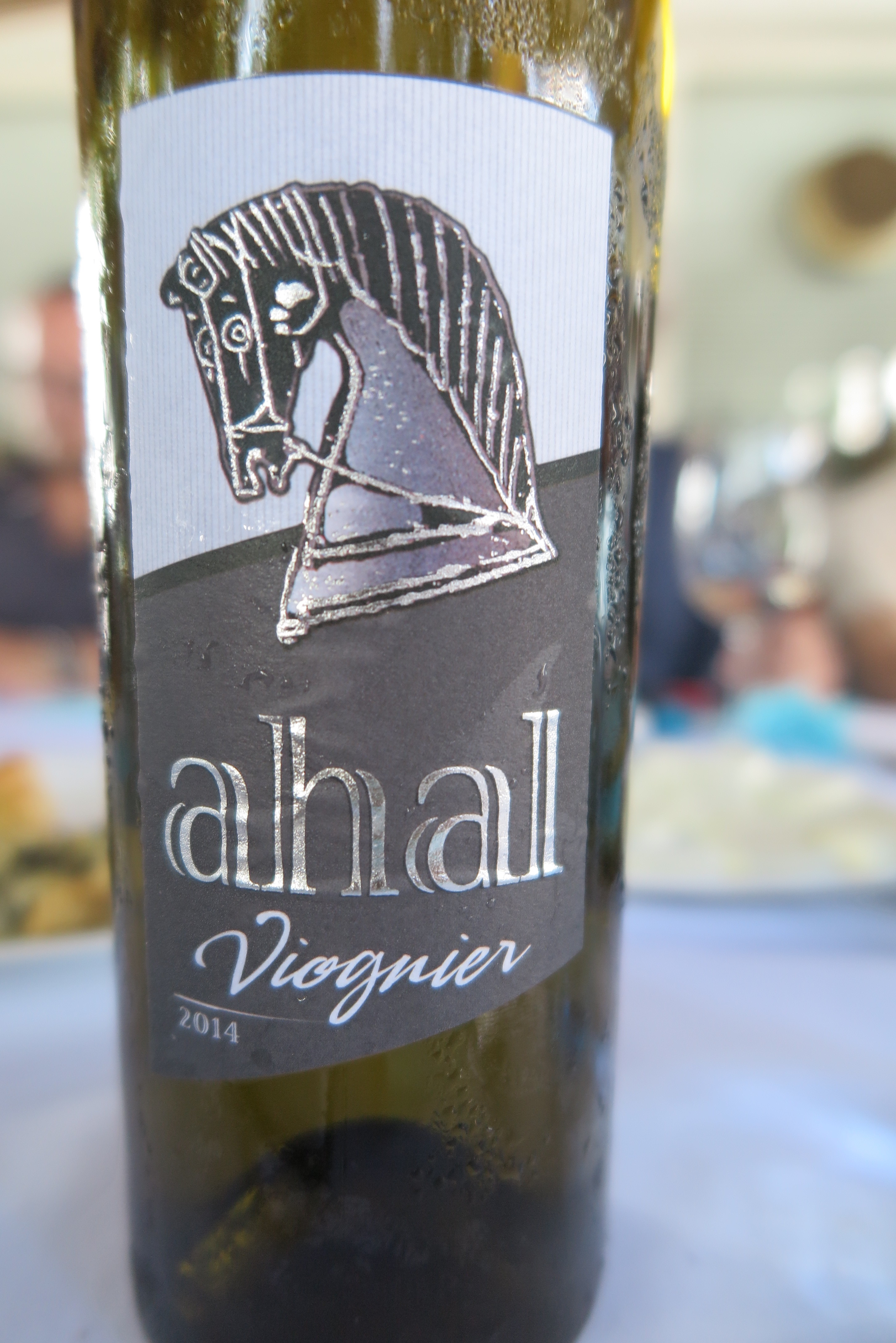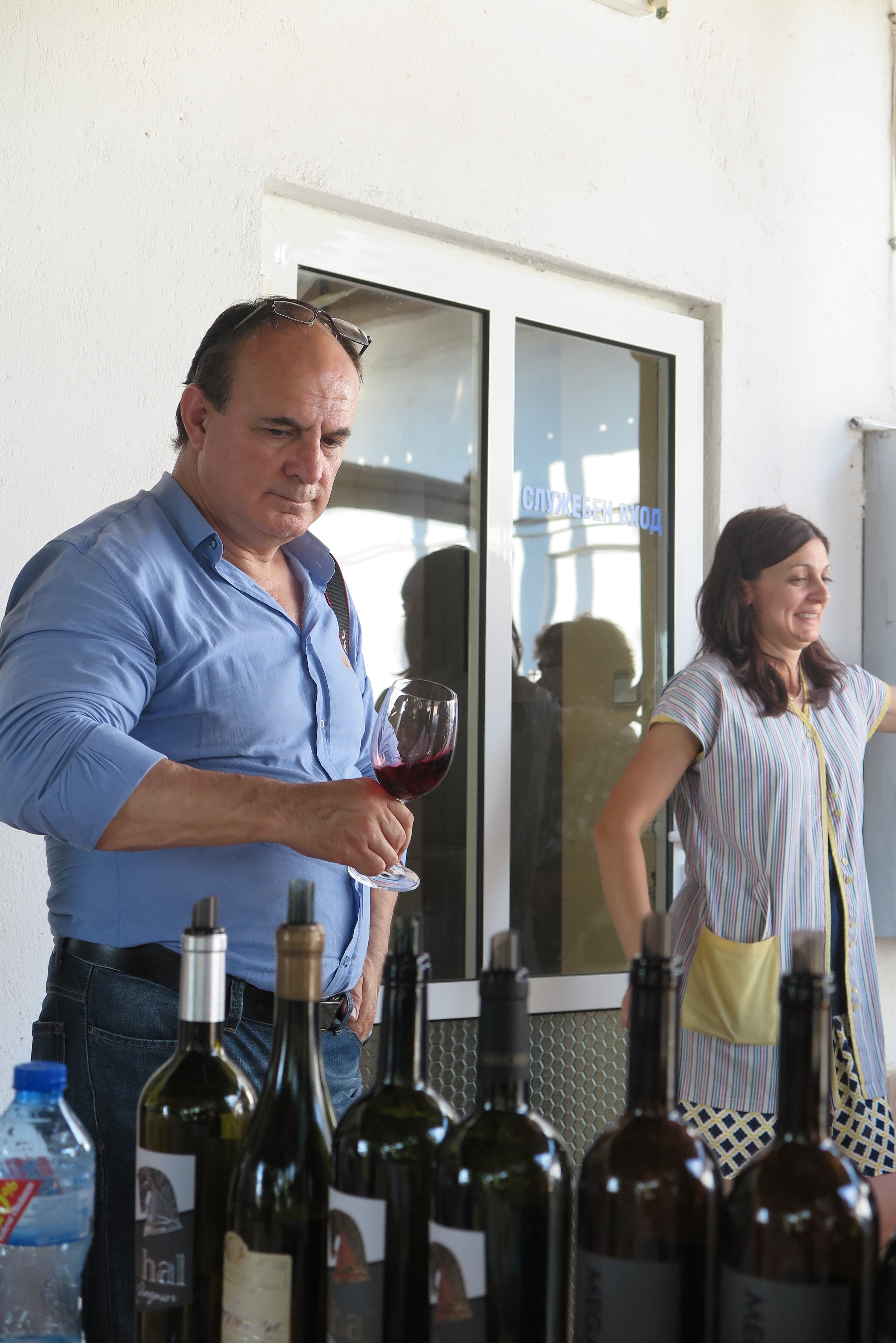Earlier this year Maximilian Riedel launched the Sommeliers Superleggero series — he says: “Drawing on 60 years of wine experience and expertise, the new Sommeliers Superleggero Series is designed to carry the charm of a handmade glass with added superior lightness.” The hand blown Superlegerro Champagne stemware retails for £270/pair.
Riedel also launched this year, from the Veritas range, machine blown Champagne stemware that retails for £55/pair.
I met up with Matt Knight, Business Manager of Riedel UK, at The Union des Grands Crus de Bordeaux, at the Royal Opera House, London yesterday and he was very happy to show me the new champagne stemware. Both have the same bowl shape and size, are lead-free and the stems have been lengthened creating a more slimmer and elegant steamware.
My preference is the Superlegerro – the stem was a bit longer giving it a bit more elegant feel.
Dishwasher Safe: Yes
Height: 260mm
Liz Palmer










